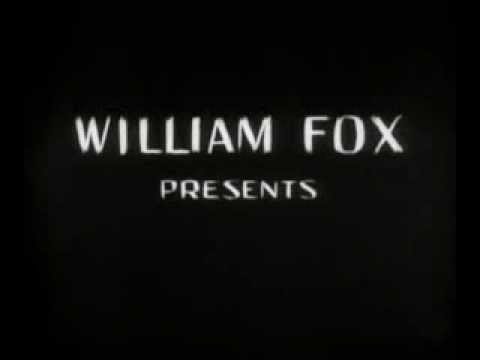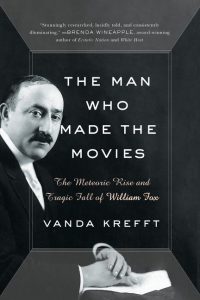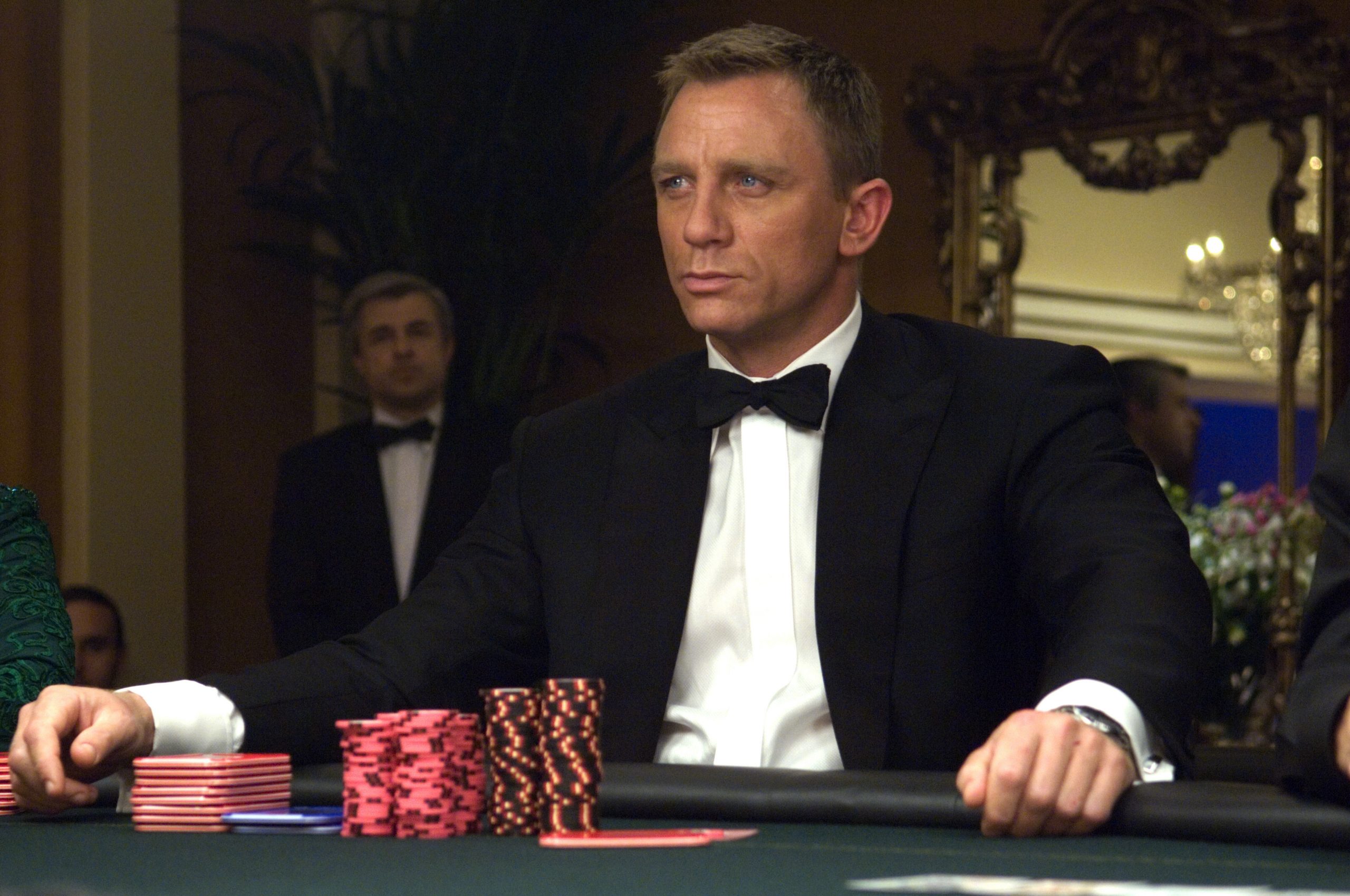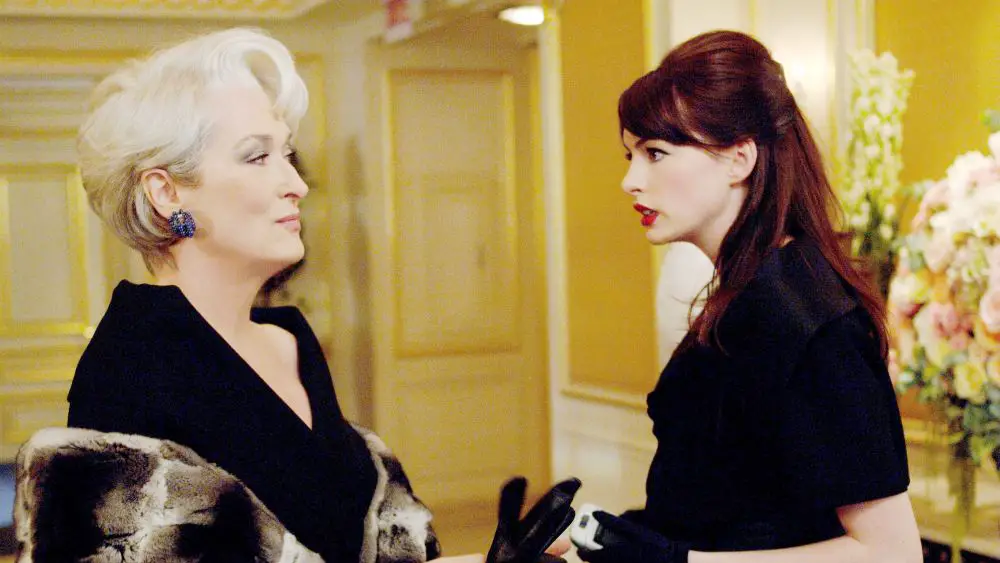
Vanda Krefft gives us a defining biography in The Man Who Made The Movies: The Meteoric Rise and Tragic Fall of William Fox.

It’s no secret that William Fox is forgotten to history. Of all the major studios, he personally didn’t survive the stock market crash. Well, he did so as a person but he was no longer the head of the studio. Fox would file for bankruptcy. While Disney acquired Twentieth Century-Fox, it came as no surprise that they dropped the Fox name altogether. Regardless, he was a pioneering mogul. While history looks to The Jazz Singer as the first talking picture, Fox Film Corp. was heavily invested in the transition to sound. Fox pushed forward with his Movietone sound-on-film system at a time when Warner Bros. invested in their Vitaphone sound-on-disk system.
Fox is likely to be long forgotten to history. After all, more people are likely to think of the conservative news channel than the man who launched Fox Film Corp in 1915. History might have been different. Fox decided to purchase the Loew family stock after the death of founder Marcus Loew. This is where everything started to go wrong. For one, the government didn’t really budge on whether or not the proposed merger violated antitrust laws. The second part that plays into account is the October 1929 stock market crash.
The stock market crash would result in five months of turmoil for William Fox. Much to his dismay, his companies turned over to Harley Clarke, a man having no business running them. Clarke would also run the company into the ground. What kind of studio head would also get rid of John Wayne and John Ford?!? Clarke, apparently. What a shame!
In reading The Man Who Made The Movies, one can look at some moments that could have gone differently for Fox. The biggest decision by far is his purchasing the Loew’s, Inc. stock from Marcus Loew’s surviving family. Loew’s, Inc. wasn’t only a theater chain but the parent company of Metro-Goldwyn-Mayer. Obviously, the stock purchase would make him the most powerful man in the industry. Don’t think there weren’t others who didn’t like this idea. Louis B. Mayer would certainly be among them. Heck, Paramount head Adolph Zukor’s daughter was married to Marcus Loew’s son!
Here’s a man who came with his parents from Hungary to America. While Michael Fox would never be the father that William wanted, William took things into his own hands. As a ten-year-old, he went out into the world with his first job. While very few of Fox’s films survive due to a fire, one can look at how fathers and mothers were depicted in the films. It was always the mothers that ended up looking better. This is mostly because of Fox’s involvement with the final cut.
This is the same man that stood up against Thomas Edison and the Motion Picture Patents Company. When most studios went west to evade enforcement, Fox stood up and fought. The resulting antitrust lawsuit broke up the Trust’s monopoly and would give birth to the classic studio system.
It’s more than just a bio on Fox but on the origins of the American studio system as we know it. Krefft goes into spectacular detail on how an unknown actress, Theodosia Goodman, became Theda Bara–one of the great silent film stars. Because the Fox vault was destroyed in a fire, the large majority of her Fox films didn’t survive. Bara would never appear in a sound film having retired from acting in 1926.
This is a book that runs well over 900 pages, the bulk of the text runs just over 750 pages. It only proves to show how researched this book is, notes and all. Don’t let the length prevent you from reading it. I was able to finish reading the book–my fifth since the quarantine started–about a week after I started it.
Vanda Krefft’s biography of William Fox, The Man Who Made The Movies, is going to leave a legacy as the defining portrait of a forgotten studio mogul.







